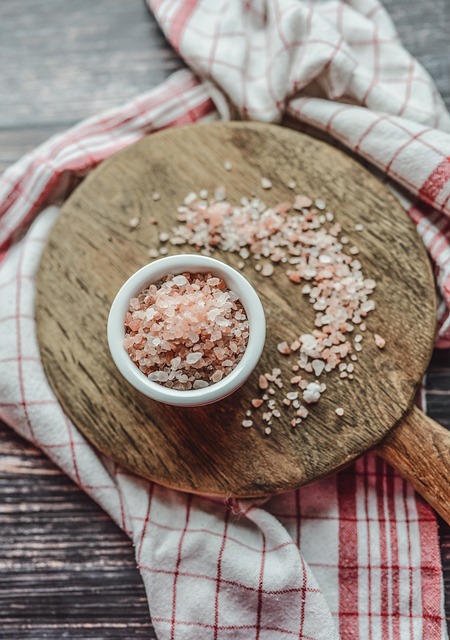JB writes: "Salt inhalation therapy is reported to provide natural relief for allergies, asthma, and respiration conditions. A friend of mine had good results using a dry salt inhaler, and I have read many positive anecdotal reports about this. Is this a new age therapy?"
No, it is not New Age. Salt inhalation is a complimentary therapy used to treat allergies, sinusitis, asthma, eczema and other respiratory infections.
This therapy dates back to ancient times, and has been popular in Europe since the discovery of salt caves and underground caverns where a particular kind of salt crystal left behind by retreating glaciers can be found. Anecdotal evidence found that people who spent two or three hours in these underground caverns each day experienced relief from their respiratory troubles. Simulated "salt caves" sprang up all over Europe where this therapy, called halotherapy, became quite popular. It has only recently caught on in the U.S. where it is considered to be a complimentary therapy - meaning it is used in conjunction with other medical approaches.
The benefits of salt inhalation therapy supposedly come from inhaling sodium chloride aerosol which is a mixture of milled salt and air. It is believed that breathing in this air can loosed the mucus in the respiratory tract.
As WebMD explains, salt therapy is usually done in salt rooms and can be active or passive. An active salt room is one which has a machine called a halogenerator which breaks down salt into tiny particles and circulates it through the room. A passive salt room has no machine but is filled with different kinds of salt and is temperature and humidity controlled.
There are also two kinds of salt therapy. Dry salt therapy, known as halotherapy, is done in active salt rooms. Wet salt therapy involves bating in salty water, gargling or drinking salt water, or passing salty water through the nasal canal.
For those who don't have access to a salt mine (or have 2 -3 hours a day free to spend sitting in one), medical devices such as salt pipe inhalers were created to enable people to take advantage of the therapy. Hand-held salt pipes contain special dry salt crystals that are inhaled through a mouthpiece and exhaled through the nostrils. Salt crystal lamps that emit salt ions into the air can also be purchased.
According to Kathleen MacNaughton writing for HealthCenter, "Other forms of salt therapy include salt solutions that you drink, made with special forms of salt crystals (not just everyday table salt) and saline nebulizers, where a saline solution is turned into a fine mist that you breathe in through a tube from an ultrasonic salinizer device."
Unfortunately, there is very little scientific evidence to support most of the claims made by purveyors of salt inhalation therapies and devices.
As Healthline reports, "A fair amount of anecdotal evidence exists to support the benefits of halotherapy. However, there’s also a lack of high-quality studies that have been fielded to determine its effectiveness."
Being an allergy sufferer myself, I see nothing wrong with using a salt inhaler or salt lamp as a compliment to whatever treatments my doctor recommends.
© All Rights Reserved, Living His Life Abundantly®/Women of Grace® http://www.womenofgrace.com

